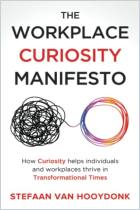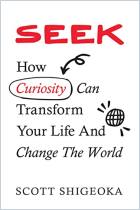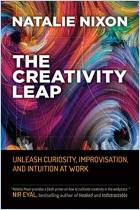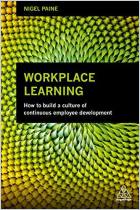Many believe curiosity to be an innate trait rather than a skill. It appears to be difficult for adults to develop. Paul Ashcroft, Simon Brown and Garrick Jones counter by providing actionable strategies with real-world examples. The authors’ explanation of the mounting importance of curiosity and learning – and why leaders must nurture and ignite both – proves powerful and convincing. They don’t offer a step-by-step blueprint for quick change; instead, they impart practical, workable concepts that deliver longer-term, worthy results.
In these volatile, uncertain, complex and ambiguous (VUCA) times, organizations must nurture, develop and ignite curiosity.
Whether you want to know something specific – like a word’s meaning – or to learn a new language and the history of the people who speak it, curiosity means exploring, asking questions, experimenting, and linking ideas, information and knowledge. It also requires action.
Curiosity proves pivotal for survival and success in the digital world. It fuels collaboration, creativity and innovation; fosters stronger relationships; encourages continuous, self-directed learning; enhances emotional intelligence; and makes leaders more inspirational and effective.
Curiosity lies at the heart of human achievement, including cave dwellers’ tools and complex societies.
Curiosity stems from the human need to understand; to solve mysteries and resolve uncertainty. Contrary to conventional wisdom, most people crave the ambiguity, change and novelty that ignite the curiosity that leads to learning. When experiencing something unexpected, people reconcile new information with what they already know or believe. When new learning connects with prior...
















Comment on this summary or Iniciar a Discussão